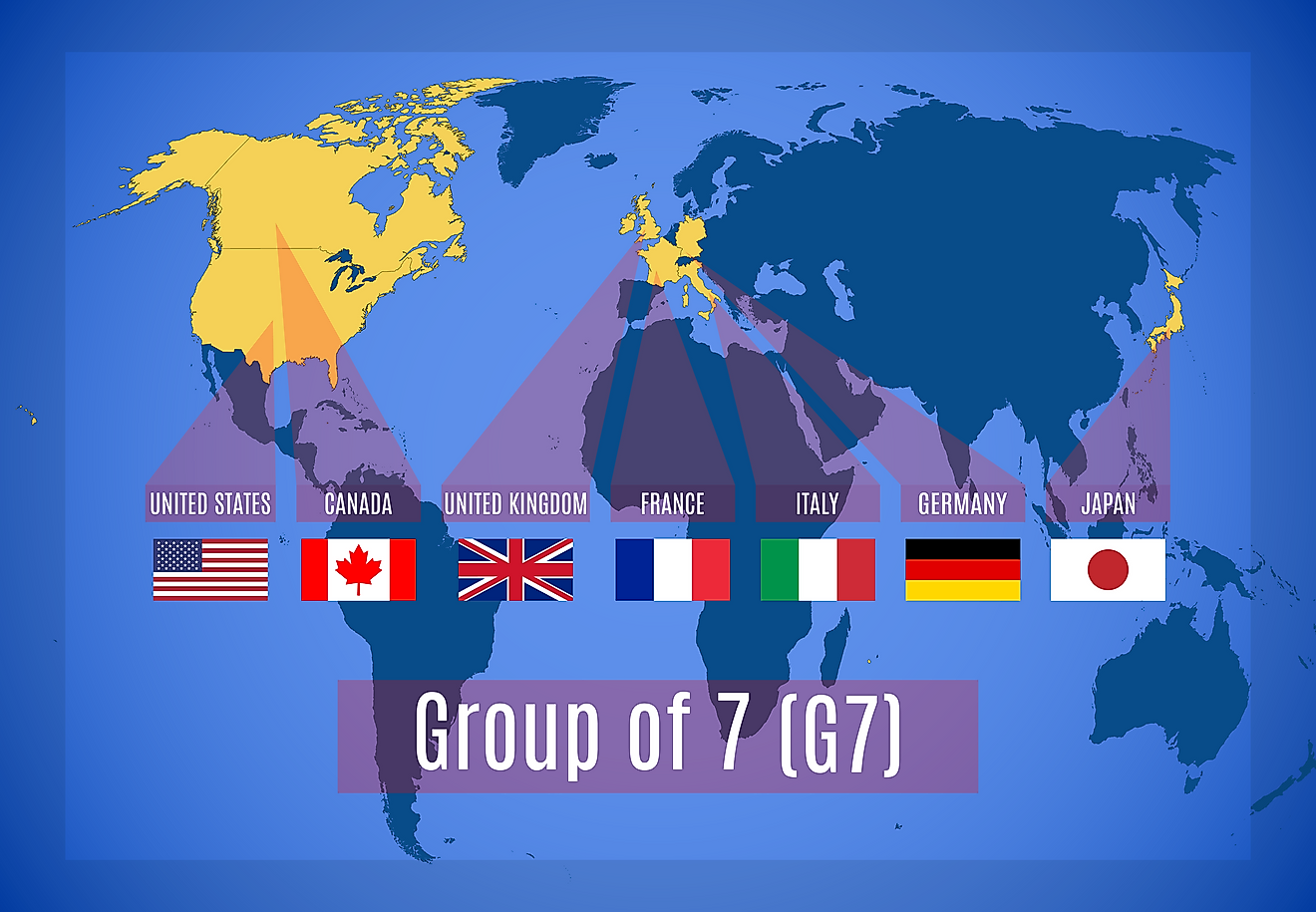Would You Use a Climate Change Credit Card?

Climate change is one of the most pressing issues confronting our planet today with carbon footprints at an all-time high. Carbon emissions can be generated in multiple ways that are integral to our daily routine. Essentially, this means that everyone contributes to the global carbon footprint in some way or the other. Hence, countries and individuals around the world have brainstormed diverse concepts and technologies for reducing emissions to protect the future. And one of the most innovative and controversial solutions suggested is the use of a climate change credit card.
The Birth Of The Idea
The concept of a carbon/climate change card is not as new as you think. A little over a decade ago, some British MPs floated the idea of citizens using carbon cards loaded with points, but it did not take root. However, a few days ago, Vancouver-based writer, Eleanor Boyle, penned an article advocating for the card. She compared its potential success to the use of rationing during World War II as an impetus to get the people to the battlefield. And the fight to save the planet from climate change is more intense than any other war.
“I think life is empty without contribution,” Boyle told CTVNews.ca. “We all want to know how to contribute to addressing this problem.”
Do Not Confuse With Carbon Credits
A climate change credit card might be easily confused with carbon credits. But both are different. Simply put, a carbon credit is an allowance granted to a company to generate a certain level of carbon annually. Greater the credit volume with the company, the more liberally it can produce carbon. Inter-company transfer of carbon credits is also possible. This system is used by a number of countries.
Unlike the former, a carbon credit card is issued to everyone at an individual level to impose environmental responsibility and evoke a collective response. So, how is the card proposed to work? An individual possessing the card will have to present it upon purchasing an item that contributes to carbon emissions such as flying, fuel, beef products, and a plethora of items of daily use. The greater the individual consumption, the more is the carbon footprint, and so is the number of points deducted from his/her card. If someone runs out of credits before the year ends, he or she can purchase extra ones from those who with unused credits similar to the case with carbon credits.
The plan is also to load the card with fresh points each year. The system will also take into account several factors before loading points like the professional needs of an individual, etc.
Criticisms Galore
There is a lot of skepticism among experts that the idea will work. For example, the potential for passage of responsibility from corporation to consumer could mean the latter, the biggest emitters of carbon might shrug off their guilt. In addition, the crafty nature of those struck by greed means there would be a potential black market to circumvent the rules.
However, there is an opinion among a section of experts that rationing in some form, not necessarily credit cards, is the need of the day after considering that the solutions already in place have not been that effective. Even voluntary actions have not borne fruit. As of now, the debate on the morality of the card rages on, and it is certainly interesting to see how governments respond.











